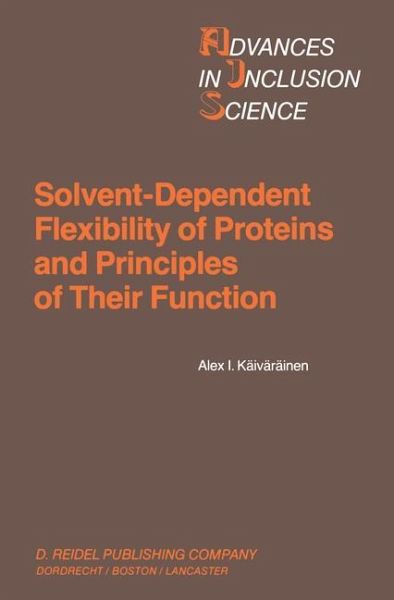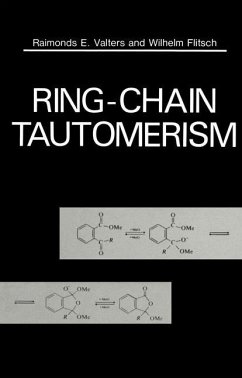
Solvent-Dependent Flexibility of Proteins and Principles of Their Function

PAYBACK Punkte
20 °P sammeln!
Molecular biology has now advanced to the point where it is no longer possible to give a complete review of the available data on the conformational features of proteins. New data keep streaming in, and there is obviously an urgent need for some sort of general treatment of the subject. A systematic treatment of the large amount of data obtained by a great variety of methods on a great variety of objects must be based on the use of models; these should be as simple as possible, should conform to well-established scien tific laws, and at the same time be sufficiently flexible. The validity of t...
Molecular biology has now advanced to the point where it is no longer possible to give a complete review of the available data on the conformational features of proteins. New data keep streaming in, and there is obviously an urgent need for some sort of general treatment of the subject. A systematic treatment of the large amount of data obtained by a great variety of methods on a great variety of objects must be based on the use of models; these should be as simple as possible, should conform to well-established scien tific laws, and at the same time be sufficiently flexible. The validity of the models finally arrived at is then confirmed or otherwise by testing the conclusions arrived at with their aid by means of experiment. After a suitable model has been adopted, it can be used in analyzing the experimental data. Such an analysis may result in one of three possible situations: neither the experi mental results nor their interpretation contradict the proposed model; the experimental results do not contradict the proposed model but their interpretation by the authors does; finally, both the experimental results and their interpretation may be found to be incompatible with the fundamental principles underlying the proposed model. The first situation is clearly the most desirable, and presents no difficulties.














